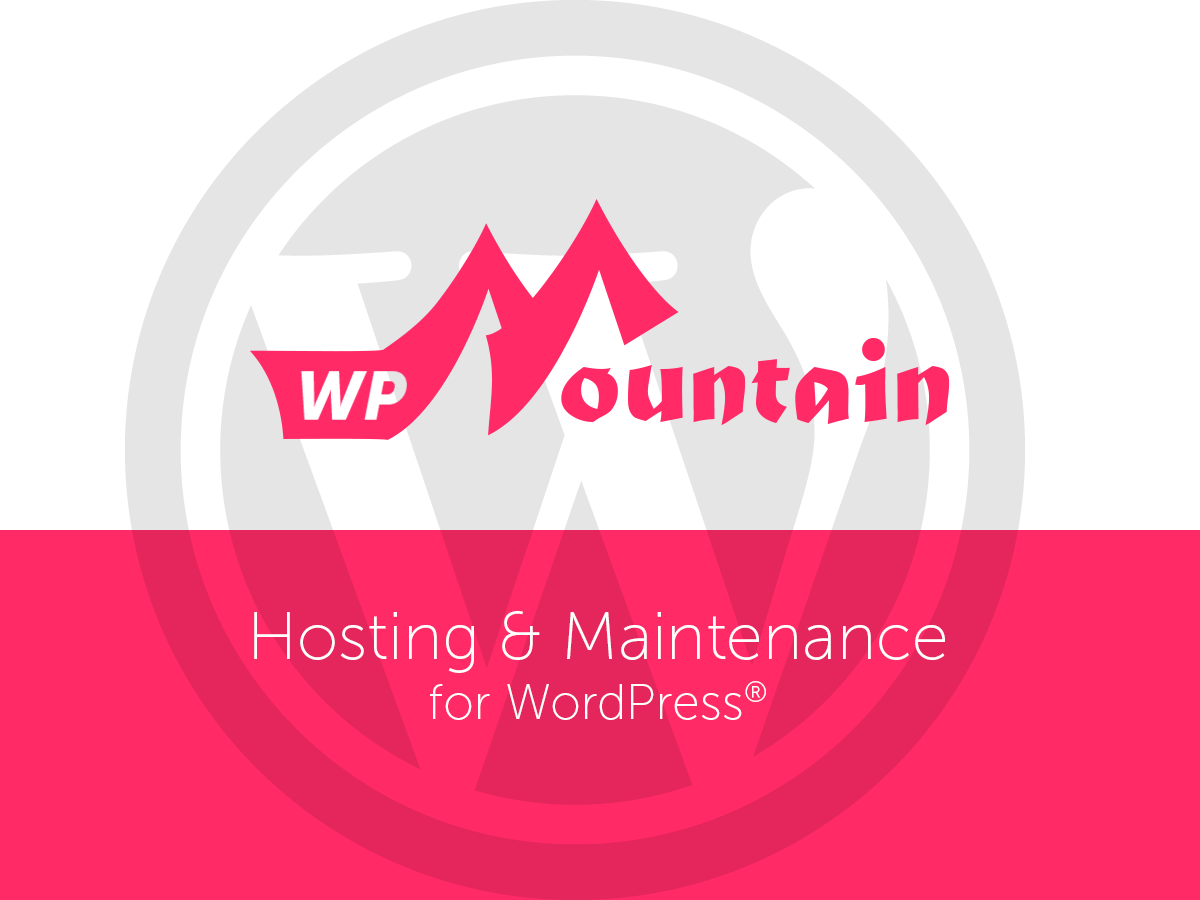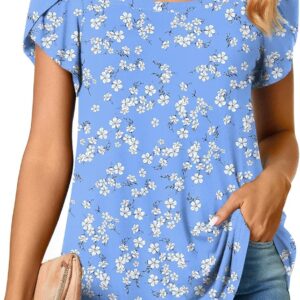Welcome to Author’s columnswhere we bring the voices of an expert HubSpot writer to blogs that inspire and empower you to grow.
I focus on connecting people about the power of “story” in promotion.
The most effective marketers – and the most effective producers – are the ones who tell the most effective stories.
However, I believe that most manufacturers are telling the wrong story… And this is costing them tens of hundreds of thousands of euros.
So…whose story are you telling?
Each story has 4 characters: the Hero, the Victim, the Villain, and the Data. Understanding the roles is a game changer for someone trying to build a non-public logo that actually connects with people.
Why?
Because of the way you present yourself at your promotion — whether you realize it or not, you realize it or not — it shapes how your audience feels about you.
One of the luckiest marketers wouldn’t want to be the hero of his own stories. They enter the position of suggestions. This small but complicated change builds trust, presentations have the qualities and make your audience want to stay spherical.
That’s why it’s so important that you can be the hint and no longer the hero of the story you might be telling.
The 4 characters of each story
1. The hero
The Hero is the main personality. They are the ones who face difficult eventualities, solve problems and fight for transformation.
We remember heroes as powerful beings. In truth, the heroes in the stories are really inclined. They doubt themselves. They make mistakes. They don’t know if they have what it takes. They don’t actually become heroes until the beginning of the story.
In your business, your buyers are the heroes. They are the ones on the journey, looking for answers to their problems. They they are the ones who are struggling.
As you position yourself for the reason of the hero of your story, you may in truth position yourself as inclined.
2. The victim
The victim is stuck, helpless and has no advice on how to move forward.
While we can empathize with the victims, they do not inspire movement. If your personal logo positions itself as a victim, it will come across as prone or unreliable, no longer the type of specific people they turn to to lend a hand. There are precise victims in this international, and you will also be a victim each so constantly, on the other hand do not under any circumstances make the victim of your brand.
It makes people really feel sorry for you, on the other hand it doesn’t make them believe it.
3. The bad guy
The villain causes the hero’s difficulties. They are selfish, dismissive, and focused solely on their own gain. No one should work with a bad guy.
And yet, some manufacturers accidentally take this place with the use of being pushy, manipulative, or affecting people’s income. In the stories we love, the bad guys never win.
4. The data
Data is the helper. They are intelligent, empathetic, and focused on helping the hero succeed. Hire Yoda from Celebrity Wars or Haymitch from The Hunger Video video games. Suggestions is not the big title, in fact they are essential. They’ve been where the hero is and know exactly how to help them win.
In truth, guides are essentially the most robust characters in the stories. They are the ones who have already received the day and do not need to finish the rest. This is where your personal logo should play.
Because your personal brand needs to be data
Being the advice means stepping out of the spotlight and letting your buyer shine. It’s not about you anymore; it’s about them. Even within your promotion.
This creates connection and belief because it makes you understand their difficulties and you know how to lend a hand.
Take Apple’s promotion for example. Their products are undeniably interesting, on the other hand their messages always put the customer first. They do not shout, “Look at us; we are glorious. Instead, they show how You they can create, connect, and thrive in the use of their tools. Apple is the spearhead, handing you the lightsaber so you can triumph over your galaxy.
Or check out Nike. Their slogan, “Just do it,” is not about them. It’s a rallying cry for You overcome difficult eventualities and try. Nike’s place? It’s the dependent partners that help you get there.
How you can serve data as if it were your personal brand
The way {{that}} knowledge presents itself in a story is with empathy and fun. They assert because they know the hero’s fight and already know how to overcome that disadvantage.
Consider Hamich Hunger Video Video Games. He has empathy for Katniss because he was once in the Hunger Video video games, on the other hand he also received, so he brings fun to the table. If the suggestions no longer have these two qualities, they do not belong to the story.
This also applies to your personal logo and your buyers perceive it.
If I go to the gym and tell a trainer, “I want to get in shape,” they generally say, “Me too,” I’m not aware of that. They are showing empathy, on the other hand I am no longer looking for a friend. I’m looking for someone to help me succeed.
If I say the same thing to all the other trainers, they generally lift their shirts to reveal their six-pack abs and say, “All you need is a little willpower and art to work harder. It’s easy.” They are not my data, each. They will have authority, but on the other hand they lack empathy.
If I tell a third coach that I want to get in shape and that coach says, “I understand. Getting into shape is tricky, especially because you’re so busy. I wasn’t really feeling well physically, on the other hand I developed a proven method to get in shape and feel really fit physically, still eating ice cream every now and then. I just ran into my coach.
You want to have every empathy and enjoy being the prompt for your buyer’s story.
How do you do it?
Lead with empathy.
Empathy is the secret sauce of faith. Start by letting your audience know that you understand: you understand their predicaments and what they are doing. Communicate their language and show that you are right here to lend a hand.
Example: Instead of saying, “I’m an award-winning career coach,” check out, “I know how exhausting it is to send work methods and focus on crickets. That’s why I’m here to help you do the job you deserve.
How you can do it:
- Start by naming their struggles and then discuss how to make them happen.
- Discuss how you were like them before finding a way forward.
- Communicate feelings such as frustration, overwhelm, anxiety, or worry.
- Your messages should always reflect what your audience cares about. Ditch the jargon and be aware of their goals, frustrations and desires.
- Always lead with empathy. The first adage is correct: “Inside the tournament they don’t know how much you care, they don’t care how much.”
Show your stuff.
Empathy is excellent, on the other hand people want to know that you are the real deal. Don’t just tell them you’re an expert – finish with results. Give a clear demonstration of your displayed enjoyment.
Example: Stories of percentage transformation. For example, if you are a business information, discuss how you have helped a company increase its source of revenue.
How you can do it:
- Percentage analysis of the case before and after.
- Shows exact numbers and data to increase your enjoyment once again.
- Create content topics that teach your audience something valuable.
- For your website, display awards, certifications, media spotlights, statistics, or emblems from great companies you’ve helped.
The only time you will have to argue yourself for your promotion is when you need to show empathy towards your buyer’s problem and prove your enjoyment to show that you will be able to treat their problem.
That’s all.
The rest simply positions you as the hero of the story. Your buyer is also impressed with the use of you, on the other hand he is looking for knowledge, no more than any other hero.
It’s about them, not you
Developing a non-public logo focused on being the tips isn’t just a right promotion step: it’s a method to truly connect with people. It’s about saying, “I see you, I understand what you’re going through, and I’m here to help.” The right way to do this is to offer empathy and show fun.
So, here’s the big question: are you positioning yourself for the hero or are you positioning yourself for knowledge? Stop checking out to tell your story and invite your buyers directly into a story where they become the heroes. Due to the fact that after they win, you win.
![]()
[ continue ]
wordpress Maintenance Plans | wordpress hosting
Read more












